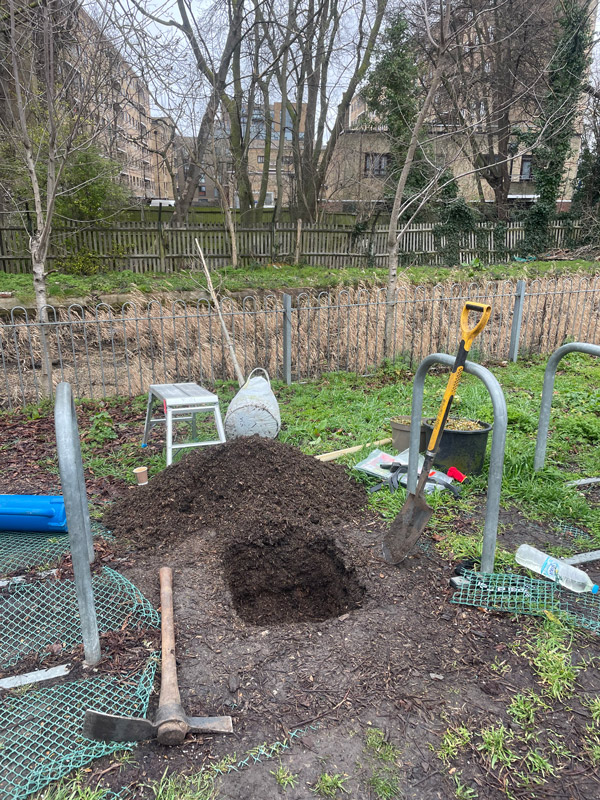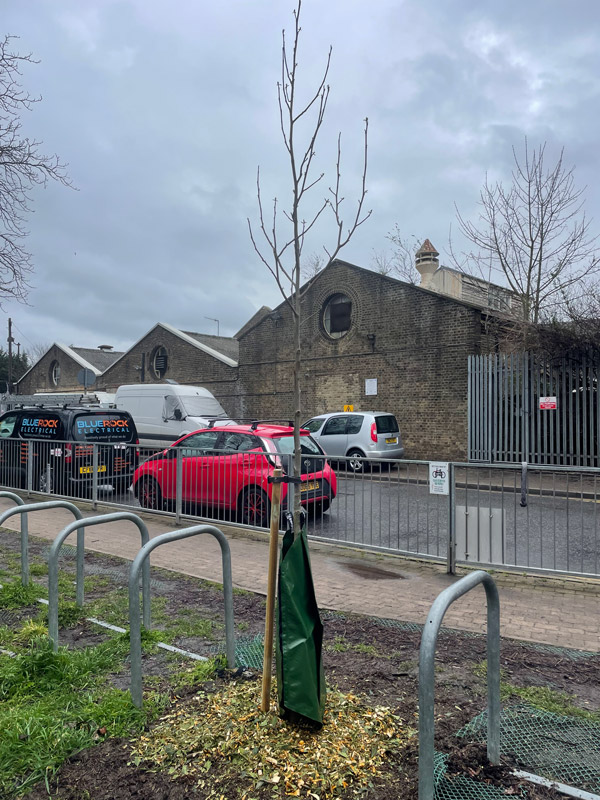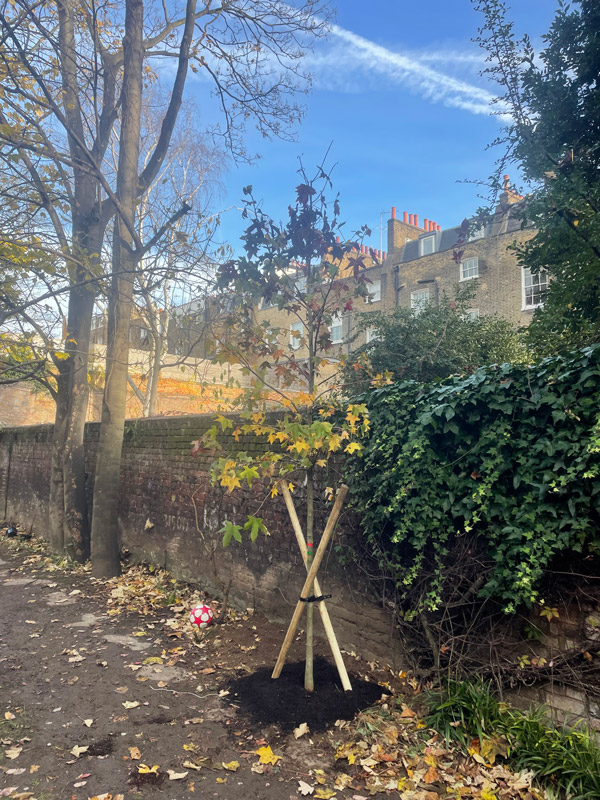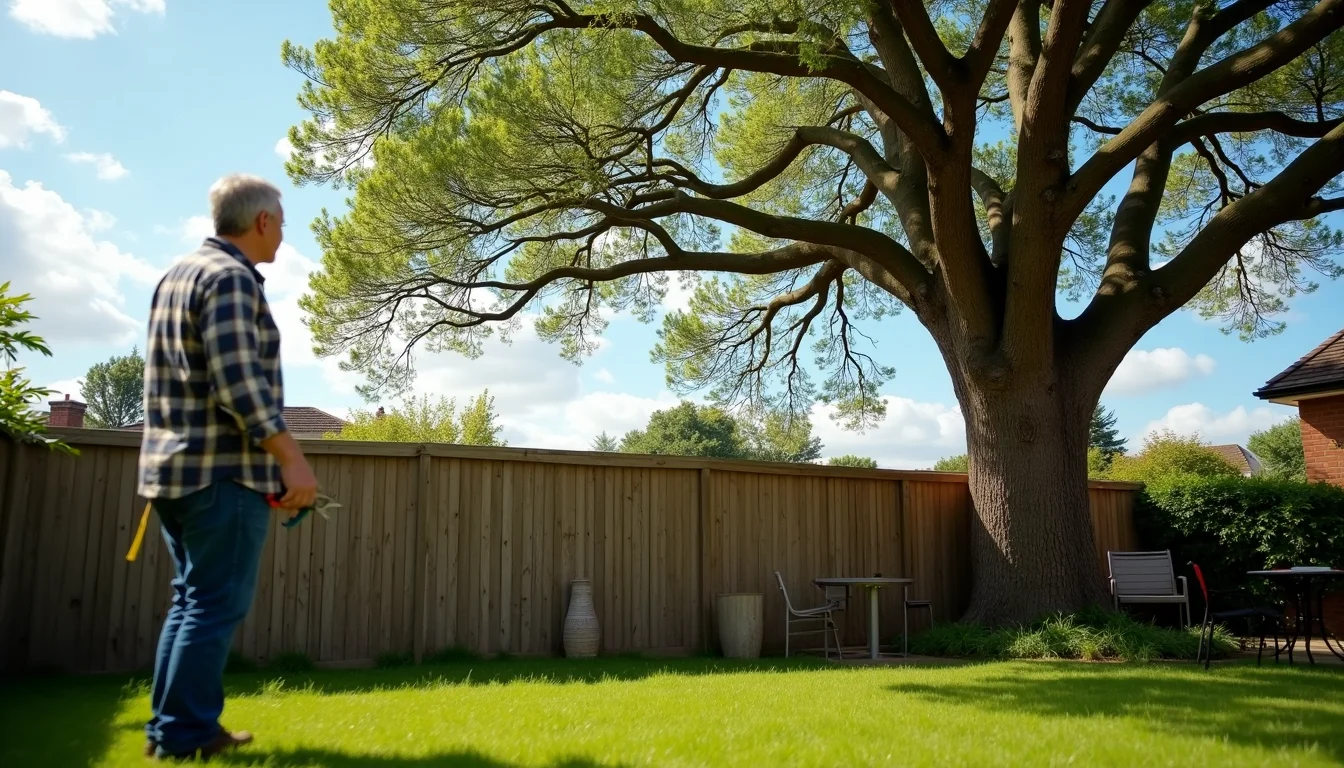Whether you’re looking to enhance your garden’s beauty, contribute to the environment, or simply enjoy the rewarding process of growing a tree, you’re in the right place.
In this article, you’ll discover everything from selecting the right spot and time to plant to the essential steps for ensuring your tree thrives for years to come.
We’ve broken down the process into manageable sections, complete with expert tips and practical advice.
Feel free to navigate directly to the section that interests you the most:
In this article, you’ll discover everything from selecting the right spot and time to plant to the essential steps for ensuring your tree thrives for years to come.
We’ve broken down the process into manageable sections, complete with expert tips and practical advice.
Feel free to navigate directly to the section that interests you the most:
Preparing To Plant A Tree
Now that you’re ready to embark on your tree-planting journey, the first step is preparation. Proper preparation is key to ensuring your tree not only survives but thrives.
Here’s what you need to consider:
Here’s what you need to consider:
Best Time and Location for Planting a Tree
- Time: The ideal time to plant trees in the UK is during the dormant season, from late autumn to early spring. This allows the tree to establish roots in its new location before the stress of summer heat and winter cold.
- Location: Choose a spot in your garden that receives adequate sunlight and has enough space for the tree to grow. Consider the tree’s mature size and avoid planting near buildings, power lines, or underground utilities.
Choosing the Right Tree Size
- Saplings vs Mature Trees: Saplings are easier to handle and adapt more quickly to new environments. Mature trees, while offering instant aesthetics, require more care during planting and establishment.
- Root Type: Bare-root trees are best planted in winter, while container-grown or root-balled trees can be planted year-round, provided the ground is not frozen or waterlogged.
Essential Tools and Equipment
- Tools: Basic tools include a shovel, a watering can or hose, and stakes for supporting the tree.
- Compost Types: Use a well-rotted, organic compost to mix with the soil. Peat-free compost is a sustainable choice, providing nutrients and improving soil structure.
Remember, the right preparation sets the foundation for a healthy and robust tree.
Next, we’ll dive into the step-by-step process of planting your tree.
Next, we’ll dive into the step-by-step process of planting your tree.
Step-by-Step Guide to Planting a Tree
With your preparation complete, it’s time to get your hands dirty and plant your tree.
Follow these detailed steps to ensure a successful planting:
Follow these detailed steps to ensure a successful planting:
1. Dig Your Hole
- Action: Start by digging a hole that’s twice as wide as the root ball but no deeper. This width gives the roots room to spread out and grow.
- Expert Tip: The hole’s depth should be such that the tree sits at the same level it was in the nursery. Avoid digging too deep as this can lead to waterlogging around the roots.

2. Handle the Root Ball and Trunk Flare
- Action: Carefully remove the tree from its container or burlap, ensuring minimal disturbance to the roots. Identify the trunk flare – where the trunk expands at the base – and make sure it’s visible above the soil line.
- Expert Tip: If the tree is root-bound with circling roots, gently tease them out. If they are too dense, make a few vertical cuts to encourage outward growth.
3. Mix Soil with Compost
- Action: Mix the removed soil with compost before backfilling the hole. This enriches the soil with nutrients and improves its structure.
- Expert Tip: Avoid using too much compost. A ratio of one part compost to two parts native soil is ideal. This helps the tree adapt to the local soil conditions.
4. Avoid Air Pockets
- Action: As you backfill the hole, gently firm the soil to eliminate air pockets, which can dry out roots.
- Expert Tip: Water the soil halfway through backfilling. This helps settle the soil and remove air pockets without compacting the soil too much.
5. Secure the Tree
- Action: If your tree is tall or in a windy location, use tree ties and stakes for support. Place the stakes outside the root ball area and tie the tree loosely to allow for movement and growth.
- Expert Tip: Ensure the ties are not too tight, as they can damage the bark. Check and adjust the ties as the tree grows.

By following these steps, you’ve given your tree a strong start in its new home. Remember, the first few years are crucial for the tree’s development, so regular care and observation are key.
In the next section, we’ll explore how to care for your newly planted tree to ensure its long-term health and growth.
In the next section, we’ll explore how to care for your newly planted tree to ensure its long-term health and growth.
Caring for Your Newly Planted Tree
Caring for Your Newly Planted Tree
After successfully planting your tree, the next crucial phase is ensuring its healthy growth and development.

Here are key tips for post-planting care:
Watering
- Action: Water your tree generously immediately after planting. Continue to water it regularly, especially during dry spells, for the first two to three years.
- Expert Tip: Avoid over-watering as it can lead to root rot. The soil should be moist, not waterlogged. Using a slow-release watering method, like a drip hose, can provide consistent moisture.
Mulching
- Action: Apply a layer of organic mulch around the base of your tree, extending out to the edge of the canopy. Keep the mulch a few inches away from the trunk to prevent rot and pest issues.
- Expert Tip: Mulch helps retain soil moisture, suppress weeds, and regulate soil temperature. A 2-3 inch layer is ideal; avoid piling it too high against the trunk.
Monitoring for Health
- Action: Regularly inspect your tree for signs of stress, such as wilting leaves, unusual leaf drop, or discolouration.
- Expert Tip: Early detection of issues like pests or diseases is crucial. If you notice anything unusual, seek advice from a tree care professional.
Pruning for Growth
- Action: Prune any broken, damaged, or diseased branches to encourage healthy growth and maintain the tree’s shape.
- Expert Tip: Pruning should be done carefully, as over-pruning can harm the tree. It’s best to prune during the dormant season, avoiding the spring sap rise.
Recognising and Avoiding Common Pitfalls
- Be vigilant about pests and diseases. Early detection and treatment are key to managing these issues.
- Avoid common mistakes like planting the tree too deep, over-pruning, or neglecting regular watering schedules.
By following these care tips, you’ll help your tree establish itself and grow into a healthy, mature plant. Remember, patience and consistent care are the keys to nurturing a thriving tree.
In the next section, we’ll touch upon the legal considerations for planting trees in the UK.
In the next section, we’ll touch upon the legal considerations for planting trees in the UK.
Legal Considerations for Planting Trees in the UK
Before you plant a tree in your garden, it’s also important to be aware of legal considerations in the UK.
Homeowners should:
Homeowners should:
- Check Local Regulations: Some areas may have specific rules about the types of trees you can plant and their proximity to property lines or public spaces.
- Consider Neighbouring Properties: Ensure your tree won’t encroach on neighbouring properties or cause disputes.
- Be Aware of Protected Species: Before removing any existing trees to make space for new ones, check if they are subject to Tree Preservation Orders (TPOs) or if you’re in a Conservation Area.
Adhering to these legal aspects helps in maintaining harmony in your community and protecting the environment.
Do you need professional tree-planting help?
If you’re in North London and need professional assistance or advice, Forbes Tree Care is here to help. Our expertise ensures your trees will be planted in order to flourish. Visit our tree planting services page to learn more.



